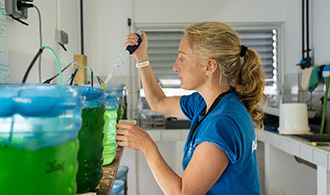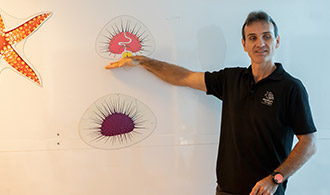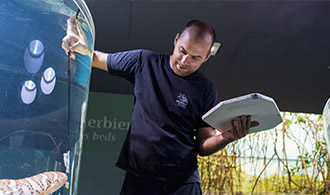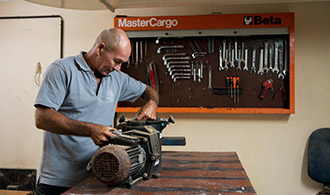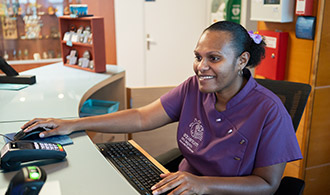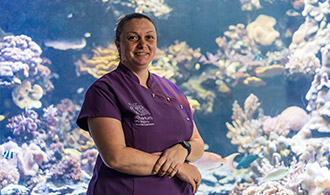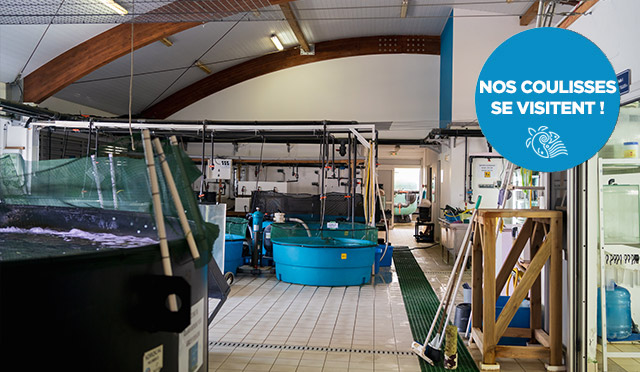La mission première de l’établissement est de faire découvrir toute la beauté et la diversité des écosystèmes calédoniens.
La visite de l’Aquarium s’organise comme un voyage à travers les différents milieux de la Nouvelle-Calédonie. Le visiteur emprunte le « chemin de l’eau » sur lequel il découvre tout d’abord les eaux douces puis, en descendant vers la côte, la mangrove et le lagon dans lequel il peut admirer les coraux bâtisseurs de récifs, au-delà desquels la visite se termine par un plongeon dans les profondeurs de l’océan.
L’Aquarium est un outil pédagogique précieux pour découvrir, observer et comprendre les milieux aquatiques.
Au-delà de la présentation des écosystèmes aquatiques, l’Aquarium a pour objectif de faire prendre conscience à chacun de la fragilité de ces richesses, et de la nécessité de les préserver.
L’information et la sensibilisation du grand public ou des scolaires passent par les visites libres ou guidées, un programme fourni d’animations hebdomadaires et enfin des animations évènementielles, notamment des nocturnes et des expositions temporaires. Grâce à l’implication de nombreux bénévoles, l’Aquarium rayonne également hors de Nouméa, en animant notamment un stand sur les tortues marines de Nouvelle-Calédonie dans les foires de l’intérieur et des îles ou en sensibilisant les touristes à la protection de l’environnement récifal, sa faune et sa flore, sur l’îlot Amédée.
La recherche scientifique a toujours fait partie des missions « historiques » de l’Aquarium des Lagons. Elle s’est traduite, dès l’origine, par la mise en évidence de la fluorescence des coraux, par René Catala, fondateur de l’aquarium de Nouméa, et la publication de plusieurs articles qui ont contribué à la renommée mondiale de l’aquarium de Nouméa.
Au fil des années, la recherche s’est développée et de nombreux partenariats ont été tissés.
L’objectif fondamental est de contribuer, comme il se doit, à l’amélioration de la connaissance des milieux aquatiques calédoniens et, par le transfert des résultats vers le public au travers des animations pédagogiques, et de veiller plus intelligemment à leur protection.
Depuis sa création l’aquarium accueille également des animaux malades, notamment des tortues marines. Depuis la création de la Plateforme Humide Expérimentale (P.H.E.), l’Aquarium dispose d’un centre de soins adapté.


